How to Build a Profitable Google Ads Campaign from the Ground Up: A Step-by-Step 2025 Guide
Introduction
In the age of hyper-competition in the digital world, Google Ads continues to be among the best methods for generating targeted traffic, high-quality leads, and increasing sales. But paying money into Google Ads without an organized strategy will result in spent budgets and unimpressive results.
This step-by-step guide will take you through the very steps required to set up a high-converting Google Ads campaign from scratch—and steer clear of typical mistakes that ruin most beginners. No matter if you're advertising an eCommerce website, a local business, or a SaaS app, these battle-tested strategies will get you maximizing ROI and scaling campaigns profitably.
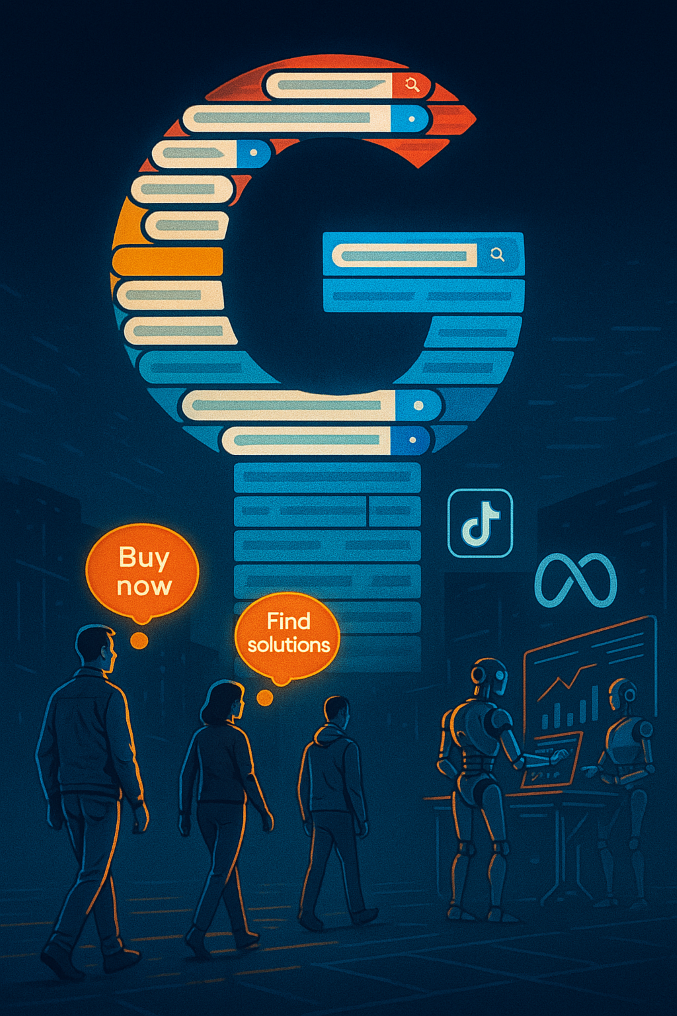
Why Google Ads Still Dominate in 2025
In spite of the emergence of TikTok Ads, Meta Ads, and AI-driven platforms, Google Ads remains the #1 performance marketer choice. Here's why:
✅ Unparalleled Search Intent: In contrast to social media, where users are passively browsing, Google searchers are actively seeking solutions—making them much more likely to convert.
✅ Huge Reach & Visibility: Google handles more than 8.5 billion searches daily, granting companies access to a huge potential market.
✅ High-Level AI & Automation: Tools such as Smart Bidding, Responsive Search Ads, and Performance Max use machine learning to maximize campaigns in real-time.
✅ Multi-Channel Advertising: In addition to search, Google Ads allows you to advertise on YouTube, Display Networks, Gmail, and even third-party applications—all through one platform.
✅ Clear Tracking & Analytics: With Google Ads conversion tracking and GA4 integration, you can track every dollar spent and assign sales correctly.
For revenue-based businesses looking to scale, Google Ads remains the most dependable source of paid traffic in 2025.
The Biggest Errors New Advertisers Make (And How Not To Make Them)
Before getting into campaign setup, it's important to understand the most frequent blunders that suck budgets:
❌ No Clear Objective: Placing ads without specifying if you desire sales, leads, or brand awareness results in incompatible strategies.
❌ Poor Keyword Choice: Using broad, irrelevant, or extremely competitive keywords wastes spend and produces low conversions.
❌ Poor Ad Group Organization: Packing too many disparate keywords into a single ad group decreases Quality Score and decreases ad relevance.
❌ Ignoring Landing Pages: Even the best ads fail if they send traffic to a slow, confusing, or untrustworthy landing page.
❌ No Conversion Tracking: Without proper tracking, you’re blind to what’s working and can’t optimize effectively.
By avoiding these mistakes from the start, you’ll save thousands in wasted ad spend.
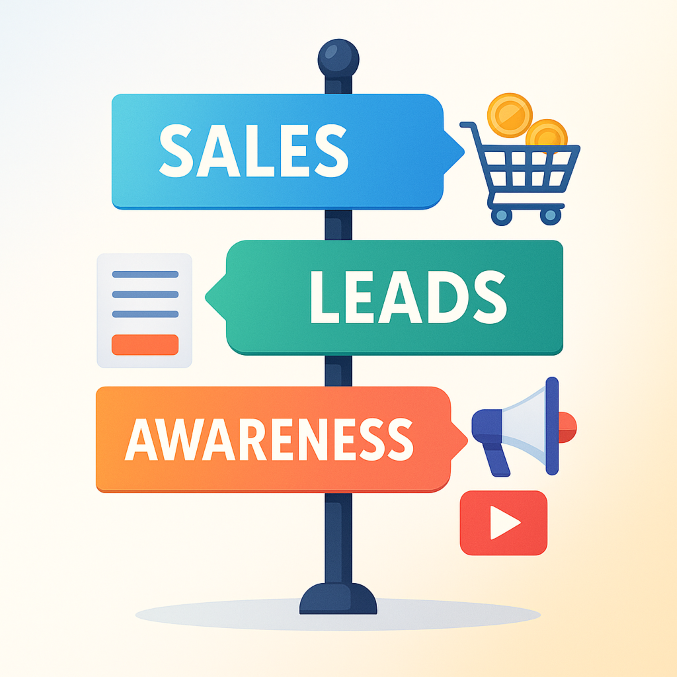
Step 1: Define Your Goal (Conversions, Leads, or Sales?)
Your campaign setup relies fully on your main goal. Here's how to match your goals to the most suitable campaign type:
- Sales (Direct Revenue)
- Ideal for eCommerce, SaaS, and high-ticket products.
- Utilize Search Ads with bottom-funnel keywords such as:
- "Buy [product] online"
- "[Brand] discount code"
- "Best [product] for [use case]"
- Lead Generation (Email Signups, Bookings, Quotes)
- Best suited for local businesses, B2B, and service providers.
- Target informational & commercial intent keywords:
- "Best CRM for small businesses"
- "Plumber near me emergency"
- "How much does [service] cost?"
- Brand Awareness (Top-of-Funnel Engagement)
- Best for launching new brands or products.
- Employ YouTube Ads, Display Ads, or Discovery Ads to target cold audiences.
Pro Tip: Do not combine goals in the same campaign. Independent campaigns for branding, leads, and sales to track better.
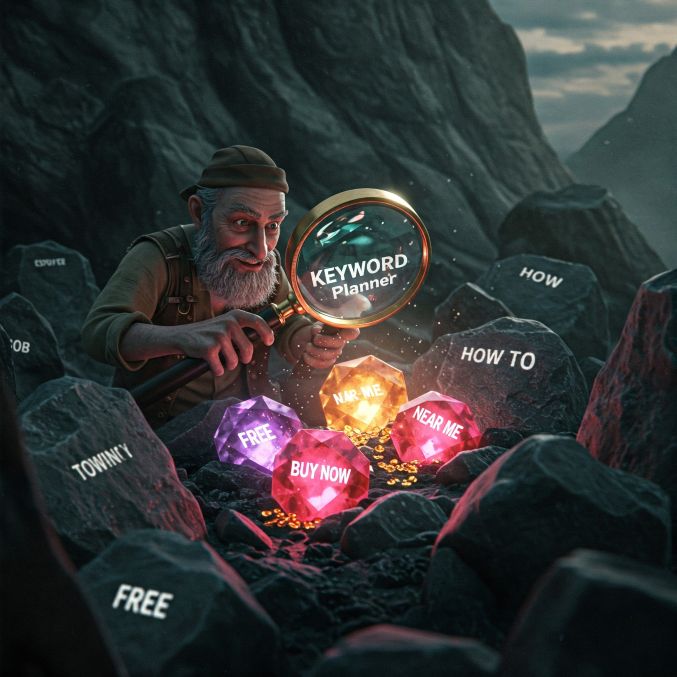
Step 2: Keyword Research with Intent in Mind
Selecting the correct keywords is the cornerstone of a successful campaign.
Best Keyword Research Tools:
- Google Keyword Planner (Free) – Excellent for search volume and competition data.
- SEMrush / Ahrefs (Paid) – Discover competitor keywords and long-tail variations.
- AnswerThePublic – Identify question-based searches (ideal for lead gen).
Understanding Keyword Intent:
|
Intent Type |
Example Keywords |
Best For |
|
Navigational |
"Nike official website" |
Brand searches |
|
Informational |
"How to fix a leaky faucet" |
Blog content |
|
Commercial |
"Best budget laptops 2025" |
Comparison shoppers |
|
Transactional |
"Buy iPhone 15 Pro Max" |
Direct sales |
Target high-intent keywords (commercial & transactional) for direct-response campaigns.
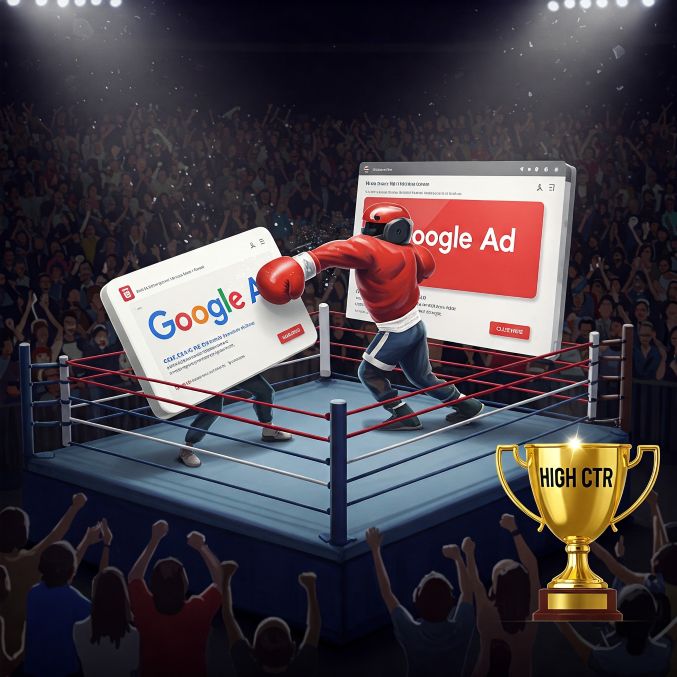
Step 3: Campaign & Ad Group Structure
An organized campaign structure enhances Quality Score, CTR, and relevance.
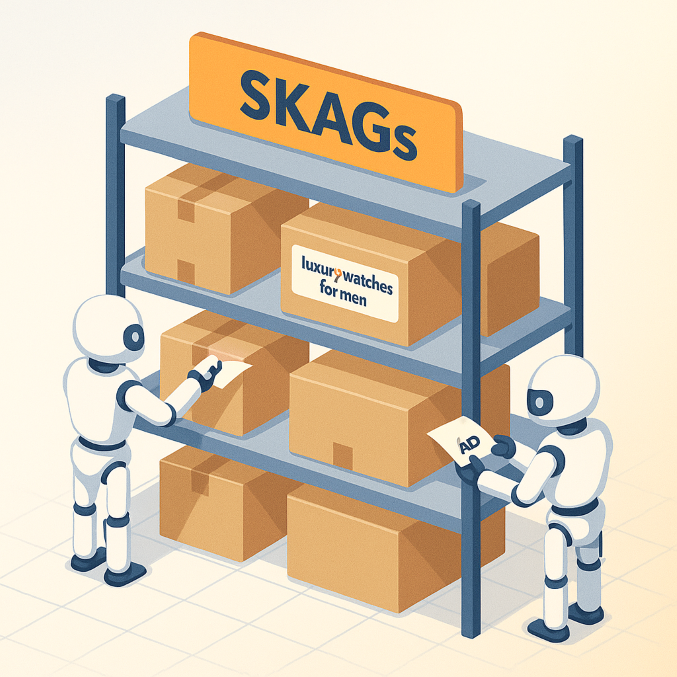
Best Practices for SKAGs (Single Keyword Ad Groups)
- 1 keyword per ad group (e.g., "best running shoes for flat feet").
- Hyper-relevant ad copy that corresponds to the keyword.
- Higher CTR & Lower CPCs because of greater relevance.
Preventing Keyword Cannibalization
- Don't bid on the same keyword in multiple campaigns.
- Use negative keywords to avoid overlap (e.g., include "free" as a negative if selling a paid product).

Step 4: Creating High-Converting Ad Copy That Wins
Your ad copy is your digital sales pitch - it must command attention, convey value, and drive action within a few seconds. Here's how to write winning ads:
Critical Elements of Successful Ads:
✅ Headlines (Max 30 Characters)
- Include your main keyword for relevance
- Use power words: "Proven," "Guaranteed," "Limited-Time"
- Example: "Luxury Watches 50% Off Today!"
✅ Descriptions (Max 90 Characters)
- Emphasize unique selling points
- Create a sense of urgency: "Only 3 Left - Shop Now!"
- Social proof: "Trusted by 10,000+ Customers"
✅ Extensions That Improve CTR
- Sitelink Extensions: Point to important pages (Shop Now, Pricing, Reviews)
- Call Extensions: Must-haves for local businesses
- Price Extensions: Display product prices in plain view
- Promo Extensions: Promote special deals
Advanced Ad Copy Strategies:
- Emotional Triggers: "Tired of [pain point]? We Can Help!"
- Numbered Proof: "83% of customers see results in 1 week"
- Question-Based: "Need [solution] quickly? Get It Here"
Pro Tip: Utilize Responsive Search Ads (RSAs) to allow Google to automatically optimize combinations on the basis of performance data.
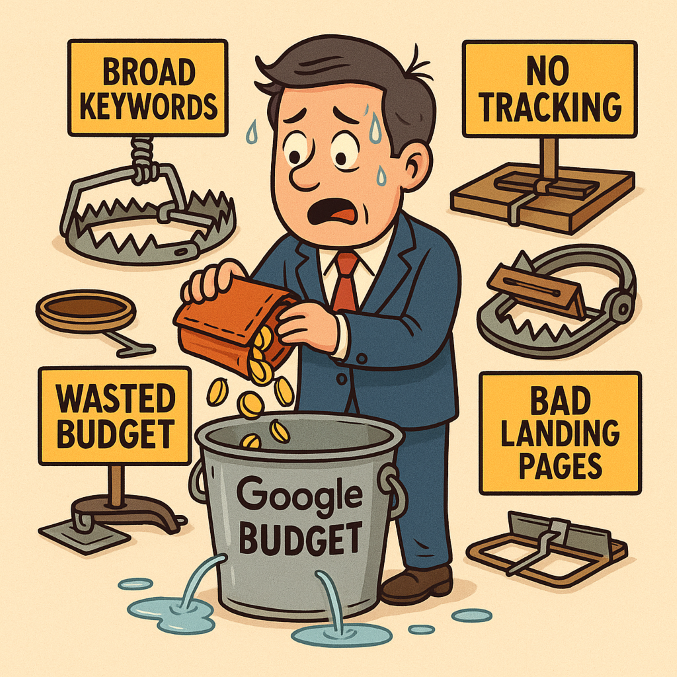
Step 5: Setting the Correct Bidding Strategy & Budget
The incorrect bidding strategy is like setting cruise control in the wrong direction - you'll burn fuel going nowhere fast.
Manual vs. Automated Bidding Breakdown:
|
Strategy |
Best For |
When to Use |
|
Manual CPC |
Total control |
Tiny budgets/test phases |
|
Enhanced CPC |
Semi-automated |
When you need some AI help |
|
Target CPA |
Lead generation |
When you're aware of your cost per lead |
|
Target ROAS |
Ecommerce sales |
When you're targeting revenue |
|
Max Conversions |
Scaling winning ads |
After conversion tracking setup |
Budgeting Like a Pro:
- Begin Small: 10−10−20/day for testing
- The 70/30 Rule: Spend 70% on winning performers, 30% testing new angles
- Dayparting: Vary bids by time/day (e.g., increased bids during business hours)
Important Note: Always set up conversion tracking BEFORE turning on smart bidding strategies.
Step 6: Creating Landing Pages That Convert
Your ad is only the date - your landing page has to seal the deal.
Why Most Ads Fail at the Landing Page Stage:
- Mismatched Messaging (ad promise ≠ page content)
- Too Many Choices (analysis paralysis)
- Weak CTAs (visitors don't know what to do next)
- Slow Load Times (53% of mobile users abandon after 3 seconds)
Elements of a High-Converting Landing Page:
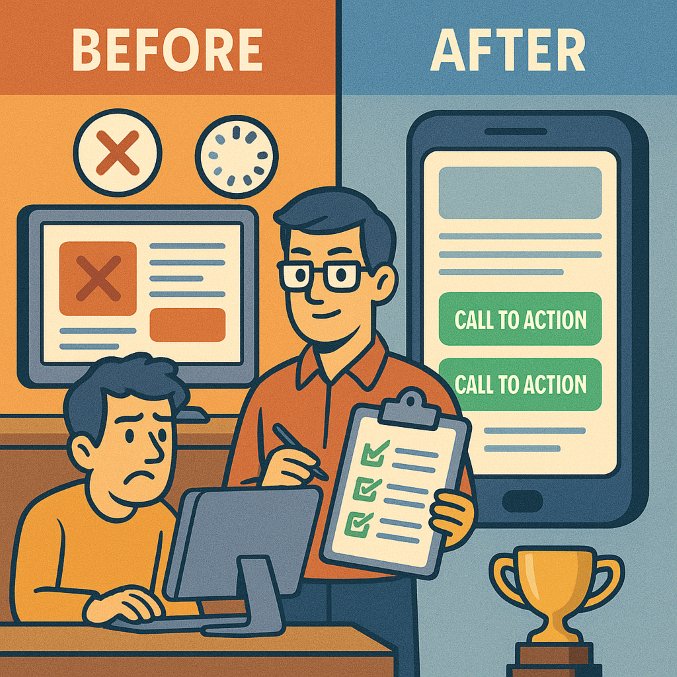
Above the Fold Essentials:
- Headline that mirrors ad copy
- Single, clear CTA button (color-contrasted)
- Benefit-focused subheadline
- Page loading time less than 2 seconds
Conversion Elements:
- Short forms (request only necessary info)
- Trust badges (SSL, payment logos, testimonials)
- Urgency elements (countdown timers, stock indicators)
Mobile Optimization Checklist:
- Thumb-sized CTAs
- Increased font sizes (at least 16px)
- Compressed images
- Accelerated Mobile Pages (AMP) integration
Pro Tip: Use heatmap tools like Hotjar to see where visitors get stuck.
Step 7: Tracking & Analytics Setup (Don't Fly Blind)
What gets measured gets improved. Proper tracking is non-negotiable.
Essential Tracking Setup:
Google Ads Conversion Tracking
- Tag key actions: purchases, form fills, calls
- Set up through Google Tag Manager for flexibility
- Test thoroughly before launching campaigns
GA4 Integration Must-Do's:
- Link Google Ads and GA4 accounts
- Set up conversion events
- Create audiences for remarketing
- Analyze user paths with funnel reports
Key Metrics to Monitor Daily:
- Conversion Rate (Industry benchmark: 2-5%)
- Cost Per Acquisition (Compare to customer LTV)
- Quality Score (Aim for 8-10/10)
- Click-Through Rate (Good CTR: 2-5% for search)
Advanced Tip: Implement offline conversion tracking to capture full value of customers.
Step 8: Optimization for Scale (Beyond the Basics)
Launch is only the start - ongoing optimization is what makes winners and losers.
A/B Testing Framework:
- Ad Variations: Test 3-5 variants in parallel
- Landing Page Elements: Headlines, CTA buttons, form lengths
- Bid Adjustments: +20% for highest-performing demographics

Negative Keyword Management:
- Weekly search term report review
- Add irrelevant queries as negatives
- Use broad match negatives sparingly
Advanced Scaling Tactics
- RLSA (Remarketing Lists for Search Ads): Bid higher for visitors
- Custom Intent Audiences: Targeting competitors' customers
- Seasonal Bid Adjustments: Bid higher during holidays before they happen
Pro Move: Organize an optimization calendar for weekly, monthly, and quarterly work.
Conclusion: Long-Term Profitability
Final Checklist to Succeed Sustainablely:
✅ Regular checking of top metrics every day
✅ Audit search terms' reports on a weekly basis
✅ Refresh landing pages every month
✅ Quarterly reviews of the strategy
Myths to Forget in 2025:
❌ "More keywords = better results" (Focus on relevance)
❌ "Set it and forget it works" (Needs continuous optimization)
❌ "Google's AI does everything" (Human strategy is still the best)
Your Next Steps:
- Try one strategy from each section
- Record baseline metrics
- Optimize systematically

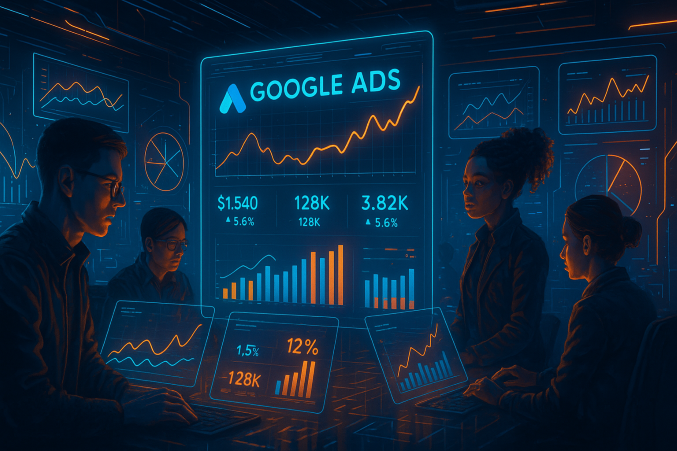
Comments
No Comments To Display